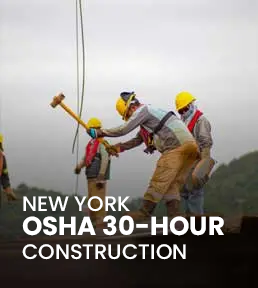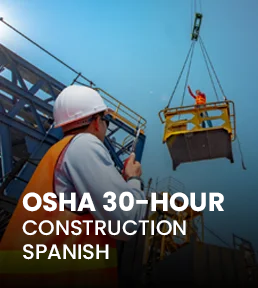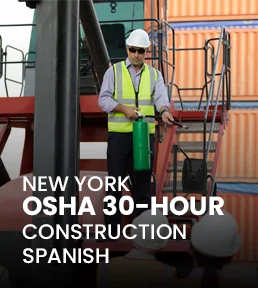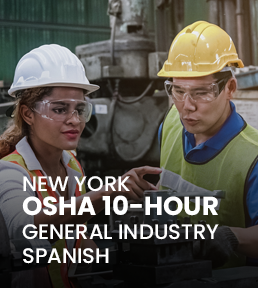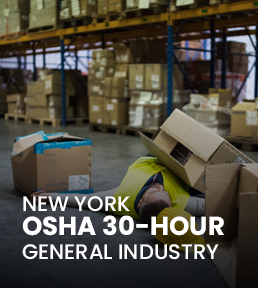Why Us?
| features |  |
other providers |
|---|---|---|
| Plastic Durable DOL Card | ||
| Instant Downloadable Certificate | ||
Study Guide

|
||
Discount on bulk buying

|
||
Buy Now Pay Later
 NEW
NEW
|
||
Free Course

|
||
| Tax Free Transaction | ||
Mobile Compatibility

|
||
Flexible Learning

|
Group Discount for Corporate Accounts

What We Offer
FAQ
What is OSHA Outreach Courses?
What are the benefits of signing up with OSHA Outreach Courses?
How many courses do we offer?
How many satisfied clients does OSHA Outreach Courses have so far?
How do I know which OSHA training course to take?
Do the courses cover OSHA standards?
Does OSHA Outreach Course Provide Online Training?
Is OSHA Outreach Courses legit?
Does OSHAOutreachCourses.com offer a demo course for OSHA 10 and OSHA 30?
Latest News & Articles
VIDEO TESTIMONIAL
Join our mailing list
Get announcements, industry updates and promotional offers.










